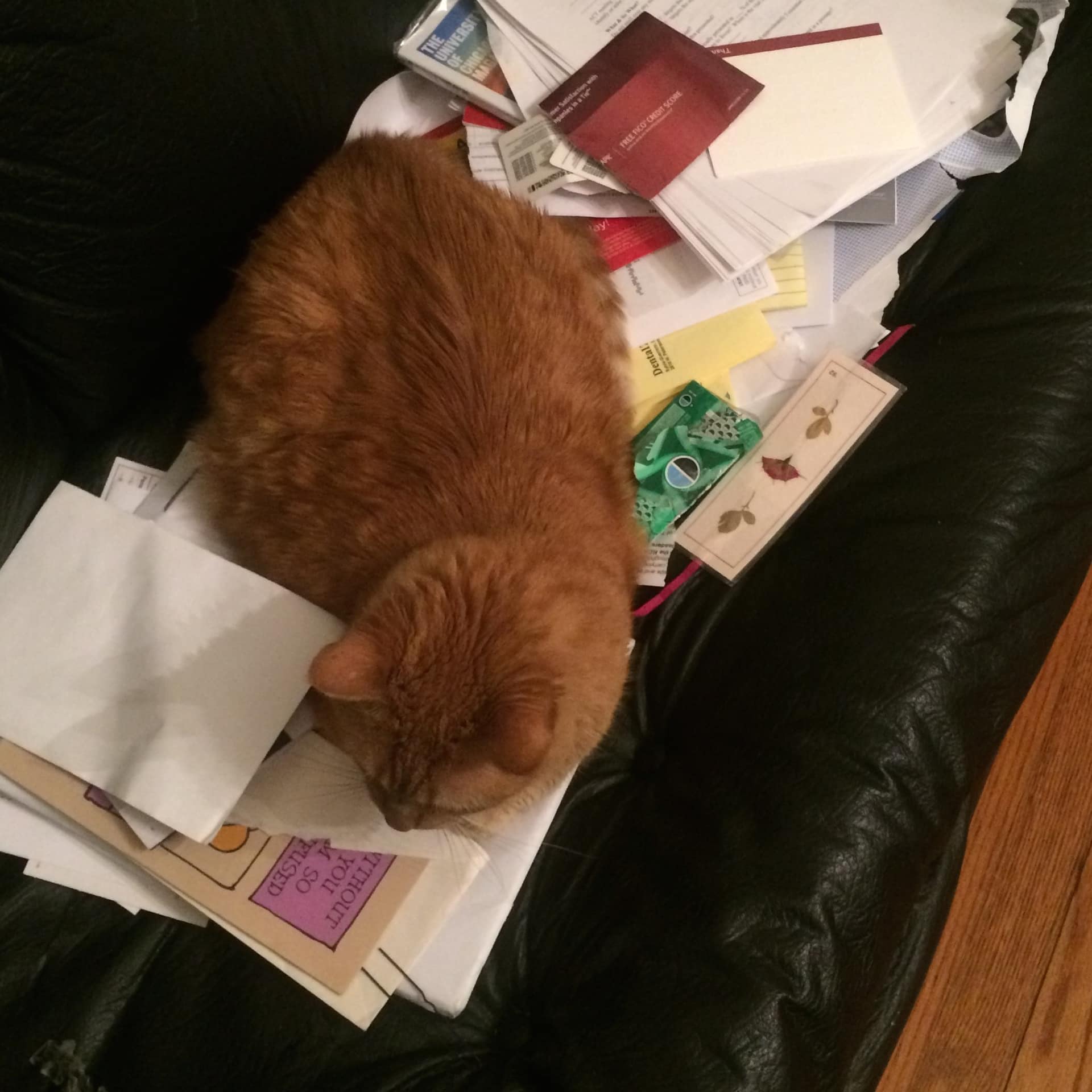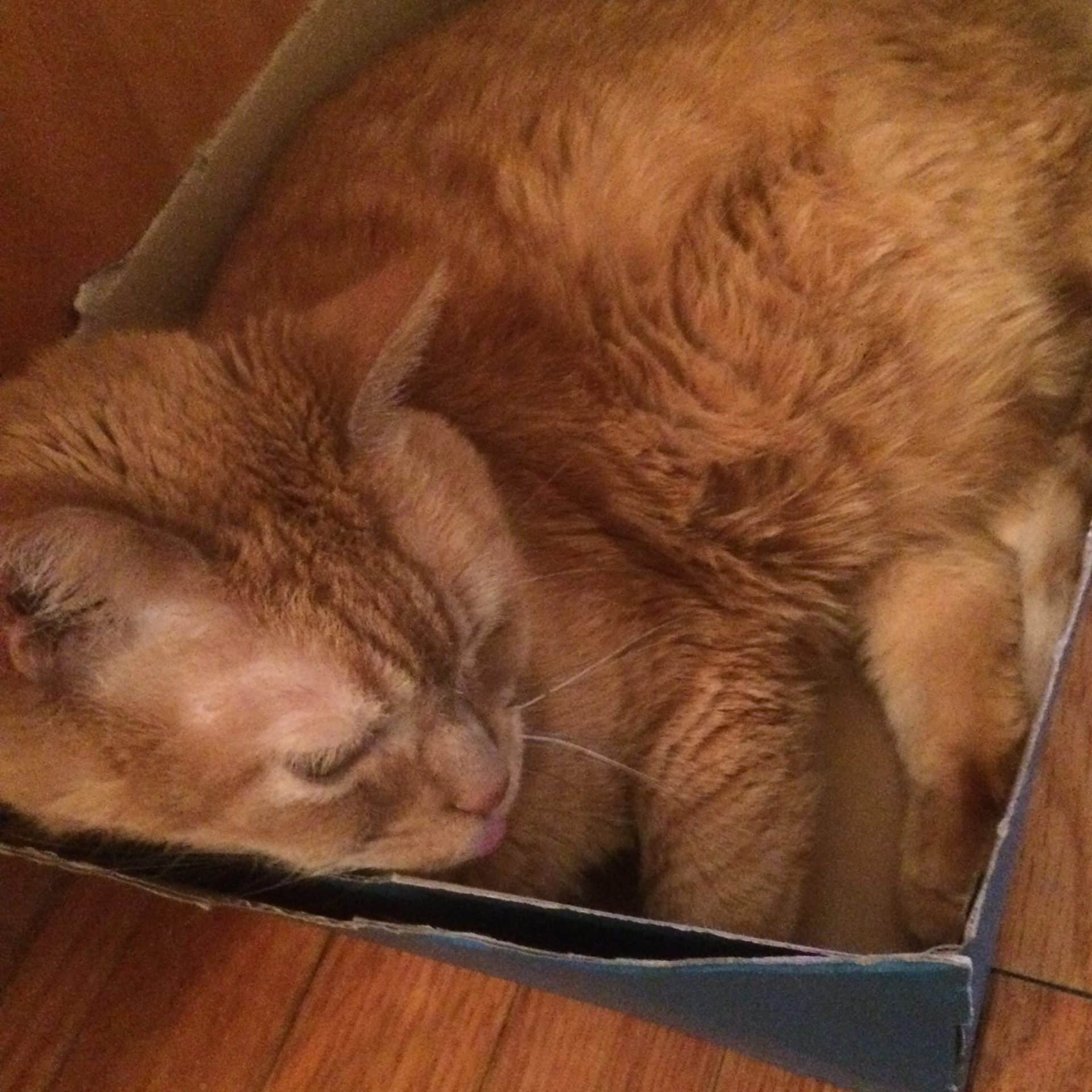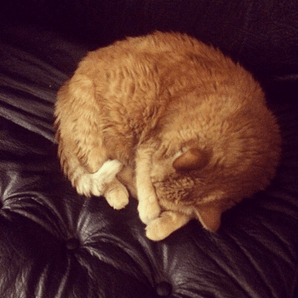Cats always seem to know more than they let on. For today’s blog post, we look to our feline friends to see what we can learn about the credentialing process.
Credentialing Lesson #1: Paper is for sitting on, not collecting provider data.
 It seems cats may be more advanced than people–while some of us in the credentialing department are still trying to sort through, keep notes on, and file paper medical credentials, cats know paper’s most optimal use is adding cushion to a seat. With new physician credentialing software and credential solutions, keeping stacks of papers on your desk (or chair) is no longer necessary. With just a few clicks of your mouse you can send providers a digital credentialing application, which will launch a paperless verification process. An added benefit of shifting to an electronic credentialing process is that your provider data will be dynamic, easy to update, and easy to access.
It seems cats may be more advanced than people–while some of us in the credentialing department are still trying to sort through, keep notes on, and file paper medical credentials, cats know paper’s most optimal use is adding cushion to a seat. With new physician credentialing software and credential solutions, keeping stacks of papers on your desk (or chair) is no longer necessary. With just a few clicks of your mouse you can send providers a digital credentialing application, which will launch a paperless verification process. An added benefit of shifting to an electronic credentialing process is that your provider data will be dynamic, easy to update, and easy to access.
Credentialing Lesson #2: Organization is Key.
 Just like every cat needs a cardboard box, every piece of provider data and step in the credentialing process needs to be organized and easy-to-track. Today, electronic credentialing services help credentialing departments organize, track, and update provider credentials quickly and efficiently. You no longer need to keep that sticky note on the desk with a physician credentialing checklist to ensure you’ve not accidentally skipped a step in the credentialing process; let technology do that for you, which brings us to the next lesson we can learn from cats…
Just like every cat needs a cardboard box, every piece of provider data and step in the credentialing process needs to be organized and easy-to-track. Today, electronic credentialing services help credentialing departments organize, track, and update provider credentials quickly and efficiently. You no longer need to keep that sticky note on the desk with a physician credentialing checklist to ensure you’ve not accidentally skipped a step in the credentialing process; let technology do that for you, which brings us to the next lesson we can learn from cats…
Credentialing Lesson #3: Don’t make anything harder than it needs to be.>
 If you ask a cat for the time, he’ll tell you it’s time to rest and put your feet up. While we are not suggesting that credentialing specialists should be taking cat naps in their offices, we are suggesting that if you are manually tracking down provider credentials in the verification process, it’s time to stop working so hard. Give that fax machine a much-deserved break and test drive an electronic verification process. Cloud-based credentialing services, such as those provided by andros, are reducing the administrative burden of the credentialing process by letting technology do the hard work. We’ve arrived at fourth and final lesson…
If you ask a cat for the time, he’ll tell you it’s time to rest and put your feet up. While we are not suggesting that credentialing specialists should be taking cat naps in their offices, we are suggesting that if you are manually tracking down provider credentials in the verification process, it’s time to stop working so hard. Give that fax machine a much-deserved break and test drive an electronic verification process. Cloud-based credentialing services, such as those provided by andros, are reducing the administrative burden of the credentialing process by letting technology do the hard work. We’ve arrived at fourth and final lesson…
Credentialing Lesson #4: Covering your eyes may keep out the light, but it won’t make the annoyances go away.
 As credentialing director for athenahealth Penelope Simonds pointed out in an earlier blogpost, the healthcare industry has been ignoring the credentialing process for too long. Because it causes pain only in increments and at the beginning, it can be ignored and life can go on, but in the back of your mind you know you will always have to return to the dreaded credentialing application again when it’s time to get recredentialed and stay compliant. But imagine with me for a moment a world where physicians and administrators don’t dread the credentialing process. A world where in just a few clicks you can send a provider an application and launch the provider credentialing process. A world where applications can be signed electronically. A world where the credentialing process is seen as a competitive advantage and the easiest step in the administrative processes of healthcare organization. That’s the kind of world andros is trying to create. To learn more about andros’s credentialing solutions, you can request a demo and get a guided tour of our credentialing software and services.
As credentialing director for athenahealth Penelope Simonds pointed out in an earlier blogpost, the healthcare industry has been ignoring the credentialing process for too long. Because it causes pain only in increments and at the beginning, it can be ignored and life can go on, but in the back of your mind you know you will always have to return to the dreaded credentialing application again when it’s time to get recredentialed and stay compliant. But imagine with me for a moment a world where physicians and administrators don’t dread the credentialing process. A world where in just a few clicks you can send a provider an application and launch the provider credentialing process. A world where applications can be signed electronically. A world where the credentialing process is seen as a competitive advantage and the easiest step in the administrative processes of healthcare organization. That’s the kind of world andros is trying to create. To learn more about andros’s credentialing solutions, you can request a demo and get a guided tour of our credentialing software and services.


